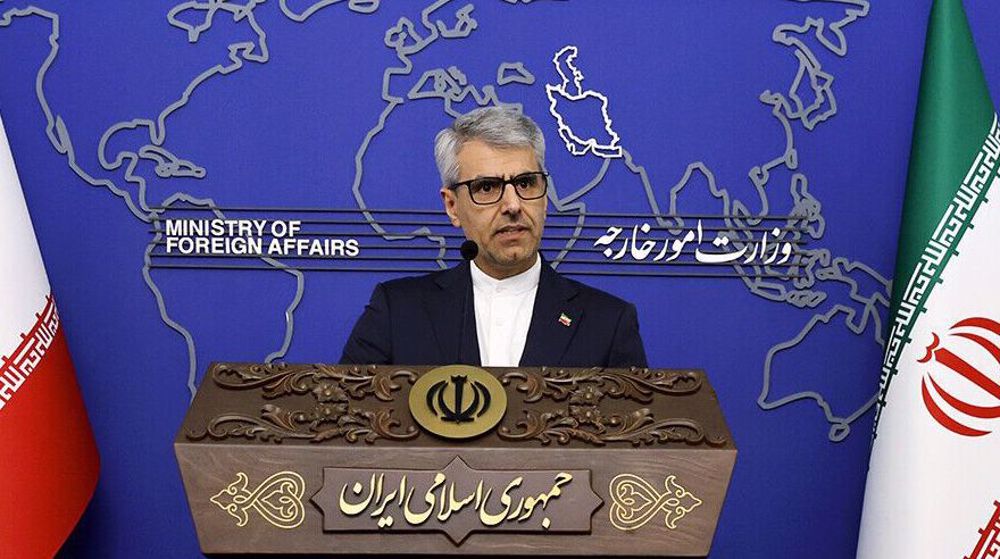NASA to dispatch TESS on biggest planet-hunting mission
NASA will send a keen eye into the orbit to hunt for new exoplanets, rocky planets outside our solar system that orbit their host stars, in a $337 million two-year mission, which is considered as the most ambitious search for alien worlds that Homo sapiens have ever conducted.
The Transiting Exoplanet Survey Satellite (dubbed TESS for short) is slated to be carried to the orbit aloft by a Falcon 9 rocket from the fleet of SpaceX, the US-based the aerospace company, from Cape Canaveral Air Force Station in Florida at 6:32 p.m. EDT on Monday. The launch will be aired on NASA TV.
The refrigerator-sized TESS will arrive on a never-before-used, highly elliptical path that takes it close to the Earth’s sole natural satellite, the Moon, some two months later and there it will commence scouring our cosmic neighborhood for Earth-like worlds shortly afterwards.
The NASA’s newest planet-hunting spacecraft has been designed as a high-powered successor to the Kepler space observatory, which has orbited the Sun alongside the Earth for the past decade and discovered most of the exoplanets currently known to science through the method of Transit Photometry, that is measuring the minute dimming of a star as an orbiting planet passes between it and the Earth.

Since late 1988, some 3,700 exoplanets have been documented by astronomers using by all detection methods, including the Kepler space telescope, which is about to run out of fuel.
However, astronomers now believe that our Milky Way galaxy is home to at least two billion exoplanets, orbiting their host stars in a habitable zone. The habitable zone by definition is the area around a star where rocky planets have surfaces warm enough, with sufficient atmospheric pressure, to keep water in its liquid form.
According to a statement published on NASA website, unlike Kepler, which focused on one portion of the sky and sought to find Earth-like planets, TESS will look for stars 30 to 100 times brighter than those observed by its predecessor.
“TESS also will scan a far larger area: it will spend about a month at a time focusing on one swath of sky, eventually covering the entire sky, as it searches for terrestrial planets outside of our solar system — yet close enough for follow-up study using ground-based telescopes,” NASA added.
Mission scientists say they hope to detect at least 500 Earth-sized planets and perhaps 20,000 new worlds in total.
Israel preparing to stay in southern Lebanon after ceasefire: Report
Israeli pressure on Hamas ‘hardly helped’; swap deal necessary: Ex-Mossad chief
Far-right Israeli minister Ben-Gvir again storms al-Aqsa Mosque
Iran: Israel’s attack on journalists’ vehicle in Gaza amounts to ‘war crime’
VIDEO | Israel’s war spending
Palestine Action wins again
VIDEO | Palestinian Authority's blockade of Jenin refugee camp reaches third week
Dec. 25: ‘Axis of Resistance’ operations against Israeli occupation














 This makes it easy to access the Press TV website
This makes it easy to access the Press TV website